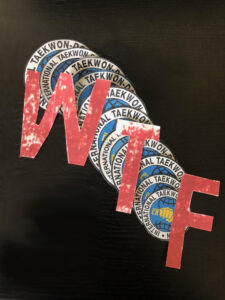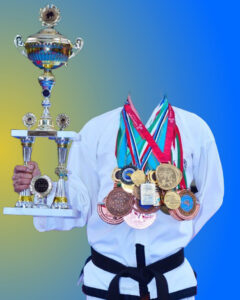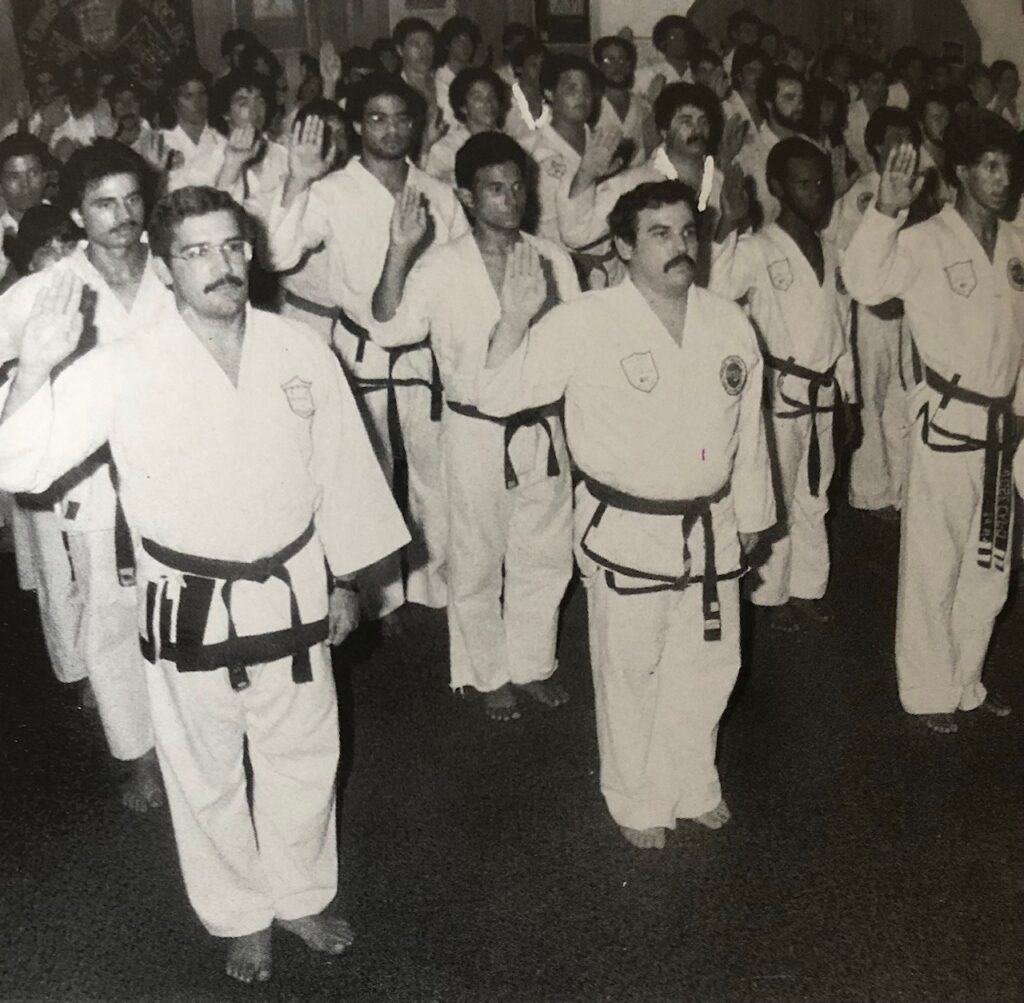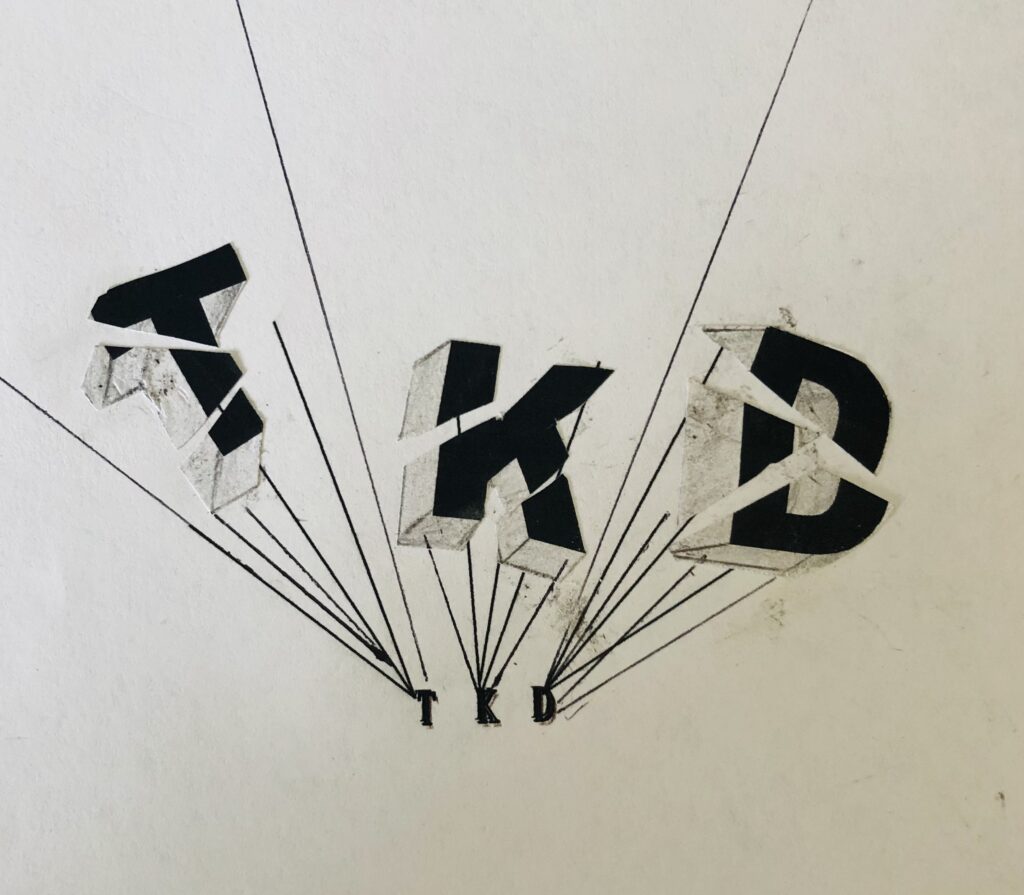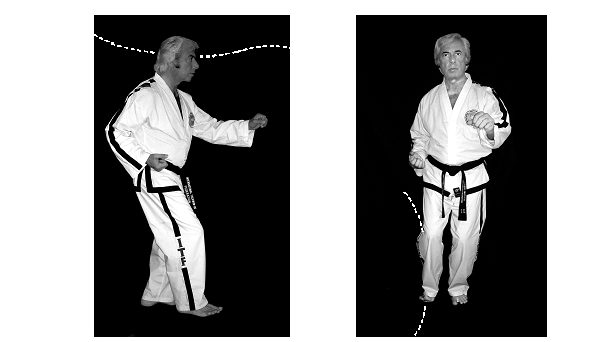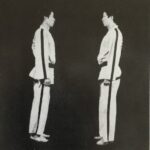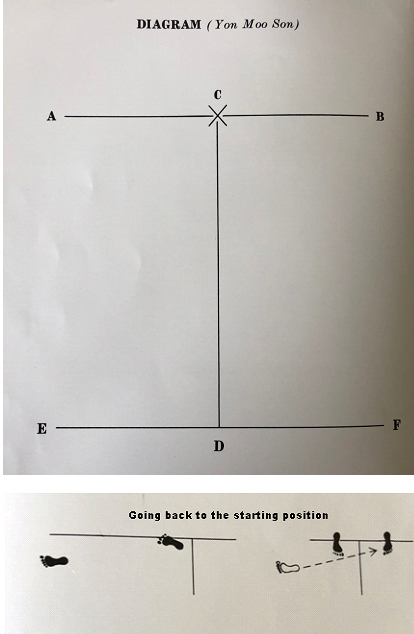
The biomechanical disparity that exists among institutions claiming to teach General Choi’s Taekwon-Do leads to the omission of elements in the execution of patterns or Tul. The different courses taught on the subject have contributed to emphasizing this difference. The mind of the performer is fundamentally focused on implementing small details established by the entity sponsoring the event, which only feeds the pretension of differentiation.
Remember that movements should be executed realistically, beyond always maintaining the correct posture and proper stance, but fundamentally rigidity should be absent. Realism in execution and the absence of stiffness seem to have disappeared as objectives to achieve, turning the performer into a robot obsessed with the use of physical tension, which is impractical in the case of a confrontation.
Tensing or relaxing the muscles at the appropriate time, as well as accelerating or decelerating movement, should be present in each execution. In most patterns competitions, this condition is absent. The obsession with fulfilling the details pointed out in the courses has led them to execute impractical movements.
Judges have apparently been trained to reward rigidity, lack of naturalness, and the height of kicks executed in an exhibitionist manner, to the point that on more than one occasion, the competitor makes it clear that they do not understand the practical use of one or another technique.
Maintaining the verticality of the spinal column (except in the exceptions marked by its creator) is one thing, but excessive tension in the muscles of the neck and shoulders in a completely fictitious and impractical posture is another. The number of national and international sports events produced by each and every entity is enormous, thus losing the relevance of the territorial scope included in the contest (international, continental, national, or neighborhood).
The seminars taught by the founder of the discipline were many and offered in most of the countries that were members at the time. These were filmed and leave no doubt about the correct way in which patterns should be executed. But of course, the governing entity was only one in contrast to the potpourri that overwhelms us today and produces the different deficiencies pointed out.
Many do not take into account, either for convenience or ignorance that each of the patterns or Tul begins and ends in the same exact place, a detail that marks the accuracy of the performer and the demanding work required to achieve this objective.
The aforementioned need a review by the entities that saturate the market and it must necessarily be taken into account to solve the issues pointed out. It is essential to consider training and modifying the information given to those who serve as judges and then providing those parameters to the competitors. It would be useless to train the performers properly, with the enormous personal effort that this demands, without the proper preparation of those who must judge the performance of that effort in a competition. Needless to say, on more than one occasion, people with correct performance are seen competing but not awarded by judges whose information is conditioned according to the directives of the entity in which they belong. Inadequate information often promotes injustice.
As a detail that seems not to be taken into account, starting and finishing in the same exact place is included in the score given to the diagram, among other concepts to be taken into account by the judging panel. If the competitor does not comply with this part, points will be deducted in that item that is included; of course, this will apply if the judges have been adequately trained.
SGM Ricardo Desimone
To be aware read again the previous notes
